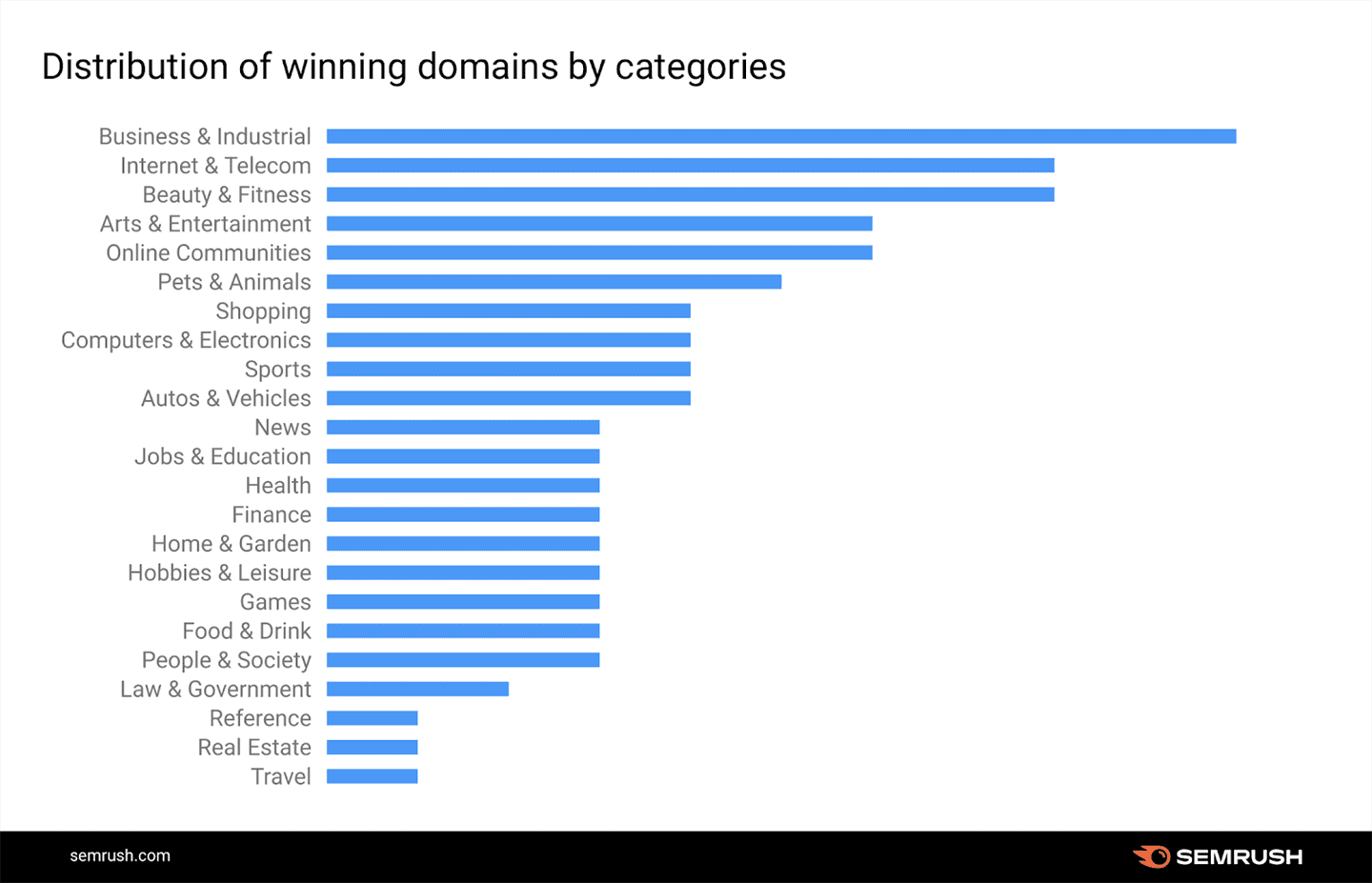If you thought a fresh Google core update was one thing you wouldn’t have to worry about at the end of a tumultuous year, think again: Just such an update rolled out at the beginning of December 2020, and it was certainly a big one.
Want to keep your site’s visibility intact despite the latest algorithm tweaks? Learn when the core update was released, how it impacted SERP rankings around the world and what you can do if your site was one of those affected.
Google’s Core Update at a Glance
News of Google’s last core update of the year first broke on its public search liaison’s Twitter account:
Later today, we are releasing a broad core algorithm update, as we do several times per year. It is called the December 2020 Core Update. Our guidance about such updates remains as we’ve covered before. Please see this blog post for more about that:https://t.co/e5ZQUAlt0G
— Google SearchLiaison (@searchliaison) December 3, 2020
This came as a surprise to the many SEO practitioners who weren’t expecting another core update before 2021, and understandably so: In a webmaster hangout from November 13, 2020, less than one month prior, Google’s John Mueller was asked if another core update would be released before the end of the year.
He responded that Google hadn’t stopped making core updates, but noted that “it’s always tricky” toward the end of the year, specifically because “we’d like to make improvements in search and we think our users deserve to…see those improvements in search, but at the same time we don’t want it to be super disruptive.”
Nevertheless, Google found time to squeeze out one more core update before the end of 2020, and some SEO pros were far from enthused:
Google December promotion – Get 30% off your website visibility today. pic.twitter.com/9f9yLBlzRL
— Mackyclyde (@mackyclyde) December 3, 2020
But did the update actually hurt websites’ visibility, and are its effects still being felt? You’ll need to take a look at some more in-depth data to find out.
The Impact of Google’s Core Update by the Numbers
As Google explained on the December 3, 2020 core update’s day of release, it typically takes one to two weeks for such updates to finish rolling out.
Yet its effects could be observed as early as December 4—data from the Semrush Sensor indicates that SERP volatility in the U.S. had a sky-high score of 9.4 on that day:
The same held true in regions around the world, with countries like the United Kingdom, Germany, Italy, Japan and Australia all experiencing similar spikes.
Things calmed down in the subsequent days, although two medium-severity upticks also occurred, each less than a week apart.
As a December 11 analysis from Semrush showed, different types of websites were affected in very different ways—it would seem that Google’s algorithm, like life, is unfair. For instance, websites in the business/industrial, internet/telecom and beauty/fitness categories experienced a significant increase in SERP rankings:
By contrast, websites in the online community, shopping and news categories experienced a marked decrease in SERP rankings:
What’s more, the greatest portion (27.3 percent) of sites that benefited from the update had traffic exceeding ten million, while the greatest portion (32.3 percent) of sites that were harmed had traffic under ten million.
So, the irritated SEO pros of Twitter weren’t wrong in their predictions that some sites’ SERP visibility would suffer as a result of the Google core update, albeit typically only briefly. But is there anything webmasters should do if their site is one of those affected?
How to Respond to the Core Update
There’s “nothing wrong with pages that may perform less well” after one of Google’s core algorithm updates, as stated on the company’s Search Central blog. They haven’t been specifically targeted by the algorithm, and they haven’t been manually penalized for violating the webmaster guidelines.
Despite those reassurances, though, no SEO practitioner on earth is content to watch as their traffic nosedives. Google even acknowledges this, saying they “understand those who do less well after a core update change may still feel they need to do something.”
Unfortunately, there are no quick fixes, and Google closely guards the nitty-gritty details of its core updates. So if you want to ensure your site performs as well as possible, your best bet is to focus on:
- implementing savvy on-page SEO practices;
- developing a more high-quality content creation strategy;
- improving page speed;
- building a mobile-friendly site; and
- optimizing for Google’s E-A-T signal.
If you’re doing all those things, you can rest easy knowing that you’re actively working to improve your site’s rankings using proven, time-tested methods.
Another Core Update in the Books
While some SEO practitioners may not have been thrilled with the widespread effects of Google’s core algorithm update, perhaps it’s better to have gotten it over with before the new year.
Now that the worst of the SERP fluctuations are over, you’re free to focus on fine-tuning your SEO strategy and ending 2020 on a high note. It will likely be a few months before the next core update, so there’s no better time to give your site the TLC it deserves.
Image credits
Screenshots by author / December 2020
Semrush / December 2020








